- Parents Home
- Para Padres
- A to Z Dictionary
- Allergy Center
- Asthma
- Cancer
- Diabetes
- Diseases & Conditions
- Doctors & Hospitals
- Emotions & Behavior
- First Aid & Safety
- Flu (Influenza)
- Food Allergies
- General Health
- Growth & Development
- Heart Health & Conditions
- Homework Help Center
- Infections
- Newborn Care
- Nutrition & Fitness
- Play & Learn
- Pregnancy Center
- Preventing Premature Birth
- Q&A
- School & Family Life
- Sports Medicine
- Teens Home
- Para Adolescentes
- Asthma
- Be Your Best Self
- Body & Skin Care
- Cancer
- Diabetes
- Diseases & Conditions
- Drugs & Alcohol
- Flu (Influenza)
- Homework Help
- Infections
- Managing Your Weight
- Medical Care 101
- Mental Health
- Nutrition & Fitness
- Q&A
- Safety & First Aid
- School, Jobs, & Friends
- Sexual Health
- Sports Medicine
- Stress & Coping
Male Reproductive System
The male reproductive system is made up of the parts inside and outside the body that help a male make a baby. Both the male and female reproductive system are needed for this.
The male reproductive system also makes sex hormones, which help a body grow into a sexually mature male.
What Are the Parts of the Male Reproductive System?
The male reproductive system has parts inside and outside the pelvis.
Outside Parts of the Male Reproductive System
Testicles (testes). These are two oval-shaped organs that make male sex cells called sperm after puberty. The testicles are also part of the endocrine system because they make hormones like testosterone (tess-TOSS-tuh-rone). This hormone causes a deeper voice, bigger muscles, and body and facial hair. It also gets the body to make sperm.
Scrotum. This is a bag of skin outside the pelvis that holds the testicles. It helps keep the testicles at the right temperature. They need to be kept cooler than body temperature to make sperm.
When the body is warm, the scrotum gets larger and floppier to get rid of extra heat. When it’s cold, the scrotum shrinks and becomes tighter to hold in body heat. The brain and other parts of the nervous system tell the scrotum when to change size.
Epididymis (ep-uh-DID-uh-miss). This tube is next to each testicle, and it stores sperm.
Penis. This male sex organ is inserted into the vagina during vaginal sex. The penis has a few parts:
- Shaft. This is the main part. The inside of the penis is made of a spongy tissue that can get bigger or smaller.
- Glans. This is the tip or head. At the end of the glans is a small slit where pee and semen (fluid that carries sperm) leave the body.
- Foreskin. This fold of skin is at the end of the penis and covers the glans. Some families choose to have a doctor or clergy member do a circumcision (cutting away of the foreskin). This may be done based on religious beliefs, concerns about hygiene, or cultural or social reasons.

Inside Parts of the Male Reproductive System
- Vas deferens. This thin muscular tube moves sperm from the epididymis to a tube called the urethra (yoo-REE-thruh).
- Urethra. This tube carries sperm (in semen) to the outside of the body through the penis. The urethra is also part of the urinary system because pee passes through it as it leaves the bladder (the muscular sac that stores pee until it goes through the urethra) and exits the body.
- Seminal vesicles. These two pouches are at the base of the bladder. The vesicles make fluid to nourish sperm and help it move along. The seminal vesicles are an accessory gland (parts of the male reproductive system that help create seminal fluid).
- Prostate gland. This walnut-sized gland surrounds part of the urethra and make some of the fluid in semen. Like the seminal vesicles, the prostate gland is an accessory gland.
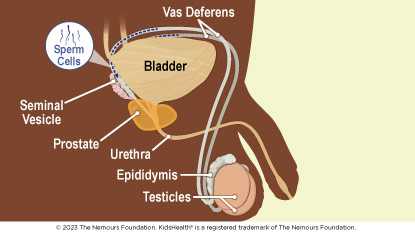
How Does the Male Reproductive System Work?
When males are born, all the parts of the reproductive system are in place. But reproduction isn't possible until sexual maturity, which happens during puberty. Puberty tends to start when boys are between 9 and 15 years old.
Puberty
During puberty, the pituitary gland, which is near the brain, makes hormones that tell the testicles to make testosterone. This causes many changes in the body: the scrotum and testicles get bigger; hair grows in the pubic area, underarms, and face; and the penis gets longer. The seminal vesicles and prostate gland also grow, and sperm cells form.
Sperm cells divide and change until they have a head and short tail, like tadpoles. The head contains genetic material (genes). The sperm move into the epididymis, where they finish growing. A sperm cell is very small: 1/600 of an inch (0.05 millimeters) long. At puberty, a male will make millions of sperm cells each day.
The sperm then move to the vas deferens or sperm duct. The seminal vesicles and prostate gland make a whitish fluid called seminal fluid. This mixes with sperm to form semen when a male is sexually aroused.
Sexual Arousal
The penis, which tends to hang limp, becomes hard when a male is sexually excited. Tissues in the penis fill with blood, and it becomes stiff and erect (an erection). The stiffness of an erect penis makes it easier to insert into the female's vagina during sex.
When the erect penis is stimulated, muscles around the reproductive organs tighten. The muscles force the semen through the duct system and urethra. Semen is pushed out of the body through the urethra — this is called ejaculation. Each ejaculation can carry up to 500 million sperm.
Sexual Intercourse
If semen is ejaculated into a vagina, the sperm "swim" and fertilize (meet) the female sex cell called the egg in the female's reproductive system. If a sperm fertilizes the egg, this is then called a zygote (ZYE-goat). It has genes — half are from the egg and half are from the sperm. The zygote grows during pregnancy, becoming an embryo and then a fetus. After about 40 weeks from the time the egg is fertilized, a baby is born.
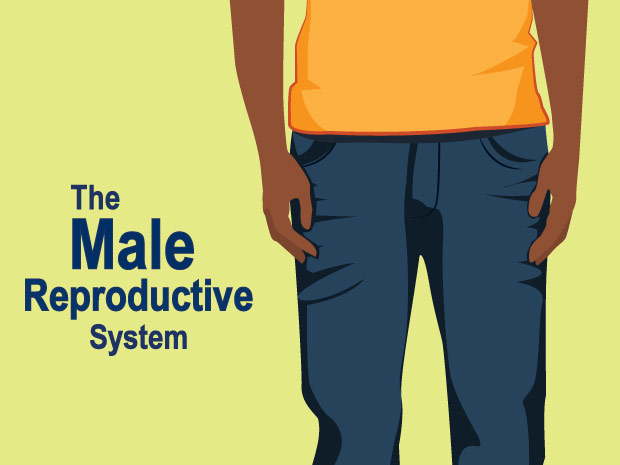
The Male Reproductive System
Like other living things, human beings reproduce. It's what keeps the population going.
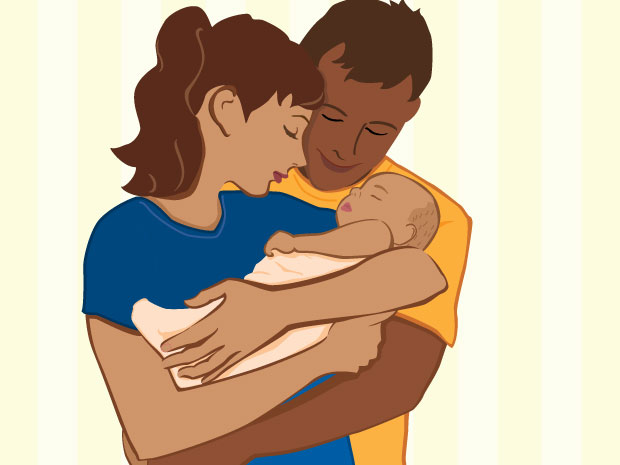
The Male Reproductive System
The male and female reproductive systems work together to make a baby. Click through this slideshow to see how the male reproductive system works.

The Male Reproductive System
The penis is made of two parts: the shaft (the main part) and the glans (the tip, sometimes called the head). The scrotum is a pouch-like structure that keeps the testicles at the right temperature.
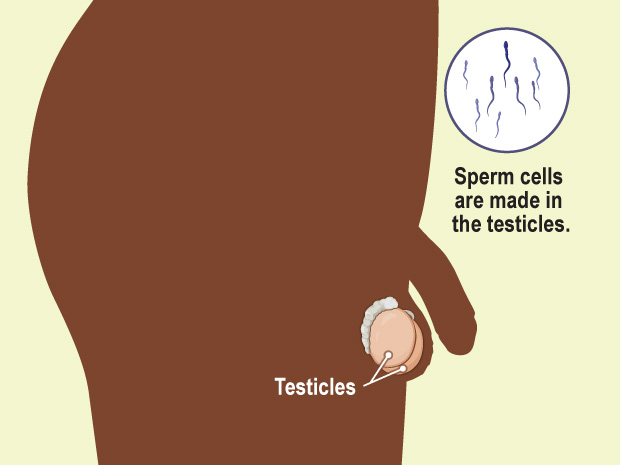
The Male Reproductive System
The two testicles (or testes) produce sperm and the male sex hormone testosterone.
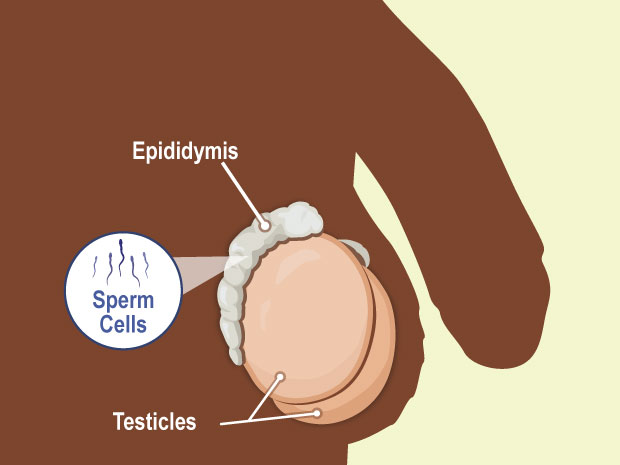
The Male Reproductive System
Next to each testicle, the epididymis is a tube where sperm is stored. From here, sperm are transported to the vas deferens.
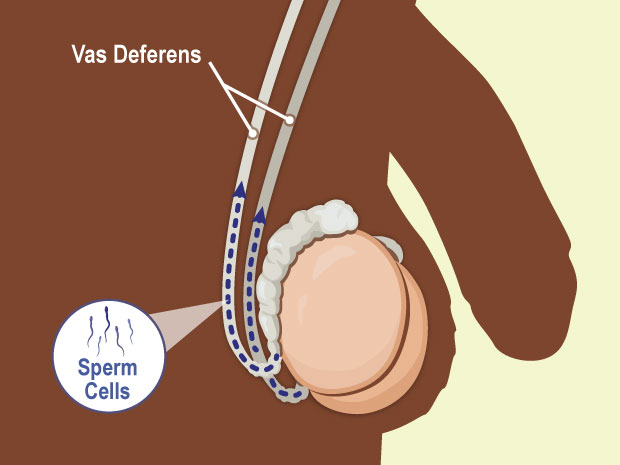
The Male Reproductive System
Also called the ductus deferens, the vas deferens is a thin muscular tube that transports the sperm from the epididymis to the urethra.
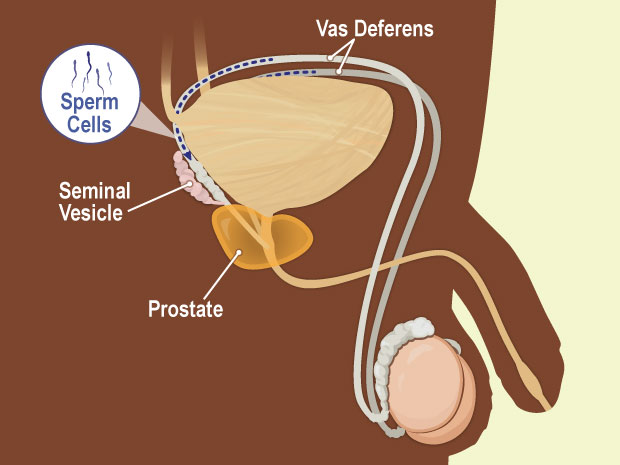
The Male Reproductive System
The prostate gland is a walnut-sized gland that surrounds a portion of the urethra and produces some of the fluid in semen.

The Male Reproductive System
Located at the base of the bladder, the two seminal vesicles secrete a thick fluid that nourishes the sperm.
The bladder is the muscular sac that stores urine (pee) until it is released through the urethra.

The Male Reproductive System
The urethra is the tube that carries semen and urine out of the penis.
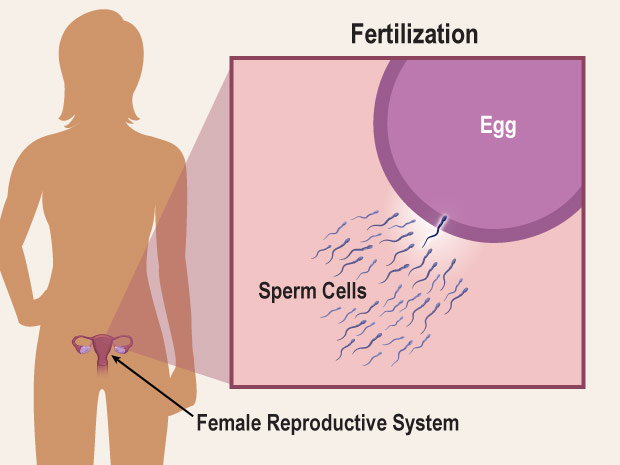
The Male Reproductive System
When the sperm and an egg meet in the female's reproductive system, the sperm fertilizes the egg, forming a zygote. The zygote becomes an embryo and then develops into a fetus.
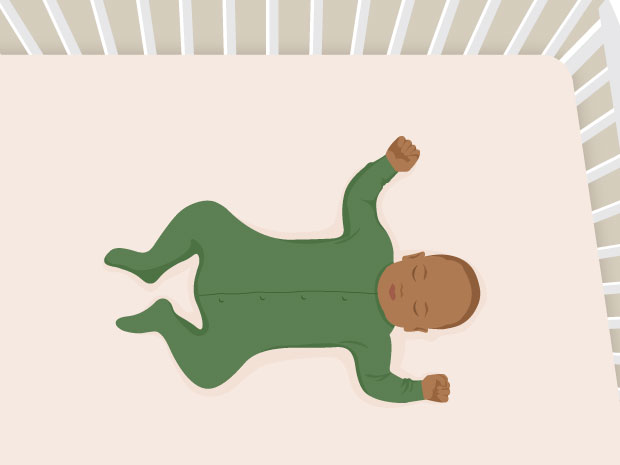
The Male Reproductive System
After about 40 weeks, a baby is born.

© 1995- The Nemours Foundation. KidsHealth® is a registered trademark of The Nemours Foundation. All rights reserved.
Images sourced by The Nemours Foundation and Getty Images.
